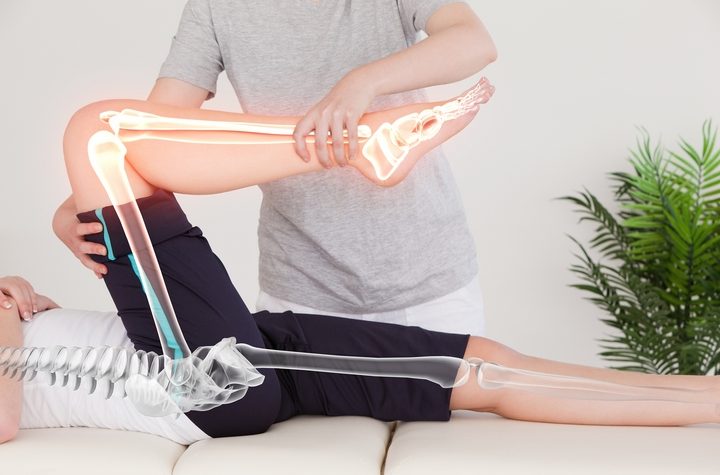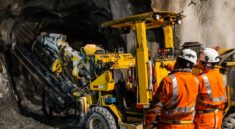The medical term for a broken bone is “fracture.” A bone is likely to fracture if the physical force exerted on it is more than its ability to withstand the pressure.
Bone fractures are common, especially among children. However, they are not as complicated in kids as they are in adults. As we grow older, our bones become brittle, which increases the chances of fractures. A child may fall and immediately get up and continue playing. The same fall in an adult may necessitate calling the paramedics.
Below are six types of broken bones and their characteristics:
Type #1: Closed Bone Fractures

These types of broken bones do not pierce the skin. It’s crucial to determine whether a fracture is closed since, if it’s not, urgent medical attention is required. While not as severe as an open fracture, a closed fracture may also necessitate surgery. However, it is not as critically urgent and can be carried out a couple of days or weeks after the incident. Your post-surgery treatment may also include massage therapy and regular sessions with a chiropractor.
While it does not penetrate the skin, a closed fracture may, however, result in soft-tissue injuries, which may be critical enough to necessitate urgent surgical intervention. Examples of closed fractures can include a broken ankle, wrist, or hip, or spinal compression fractures.
Type #2: Open Bone Fractures

These types of broken bone are also known as a compound fracture. In an open fracture, the broken bone penetrates the skin. In some cases, it results in an open wound. It usually occurs when a bone fragment breaks through the skin upon injury.
Treatment for an open fracture is different from that of a closed fracture without an open wound. Since the skin is punctured, bacteria can penetrate and infect the wound. Seek early treatment if you get an open fracture. The treatment mainly focuses on preventing infection in the wounded area. It also involves cleaning the bone, tissues and the wound as quickly as possible to avoid infection. Stabilization of the fractured bone also gives it room to heal.
Type #3: Complete Bone Fractures

When a bone snaps into two parts, it is said to have completely fractured. Complete fractures are classified according to the nature of the injury. In a single fracture, the bone breaks into two pieces. Another subtype of a complete fracture is the comminuted fracture, which is a term used to refer to a bone that has fractured into three or several pieces.
Where the bone collapses under pressure, it is said to have what is known as a compression fracture. Another type of complete fracture is a non-displaced fracture, which means the broken pieces stay in their proper alignment after the injury. This is contrary to a displaced fracture where the broken bone pieces are displaced from their natural alignment. Last is the segmental fracture, where a bone breaks in two places, leaving one or several segments detached or floating.
Type #4: Incomplete Bone Fractures

An incomplete fracture occurs when a bone does not break fully after an injury. This is also known as a partial fracture. It may crack but not break completely. Like complete fractures, there are several subtypes of incomplete fracture. These include hairline fractures, where the only evidence of the fracture is a thin crack. There is also the greenstick fracture, where a bone bends on one side but breaks on the other. Another type of incomplete fracture is the torus or buckle fracture. In this case, the bone breaks on one side, but a bump or raised buckle occurs on the other side.
Incomplete fractures are more common in children since their bones are more pliable and therefore amenable to bending than those of adults, which are more brittle and easier to break.
Type #5: Stress Bone Fractures

An injury that leaves tiny cracks in the bone is known as a stress fracture. The culprit is usually prolonged exposure to repetitive force. For instance, frequent long-distance runs or jumping up and down may cause stress fractures. This type of fracture may also be aggravated by osteoporosis, which compromises the ability of your bones to withstand normal physical exertion.
Stress fractures usually occur on the lower foot and leg, which carry the rest of your body. People at high risk of stress fractures include military recruits who bear heavy loads for long distances. Others at considerable risk of stress fractures are field athletes who exert too much pressure on their legs and feet as they pound the tracks, sometimes for as long as 42 kilometres as is the case in a marathon. You may also experience stress fractures after starting a new exercise regime, especially if you exert yourself too much too soon.
Stress fracture pain builds up so gradually that you may not even think much about it at first. However, as time goes on and as you continue to exert pressure on your feet and legs, it gets worse. The good thing is that it disappears with rest. However, if the pain becomes unbearable at night or when you are resting, it’s time to see your doctor.
Type #6: Spiral Bone Fractures

When a fracture spirals or twists around the bone, it is known as a spiral fracture. It’s common in long bones, especially the fibula, femur, or tibia in your legs. Spiral fractures can also occur in arms. You are more likely to experience a spiral fracture if you are a sportsperson since you are exposed to twisting injuries as you engage in sports. You might also get a spiral fracture from an accident or a physical attack.
Broken bones are categorized differently depending on their nature. Nonetheless, this article deals with the main six types. While children are more likely to experience fractures than adults, they heal quickly as their bones are softer. Adults, however, need to be careful when exercising as a fall could result in a shattered bone. Luckily, treatment is available and effective for all types of bone fractures.




